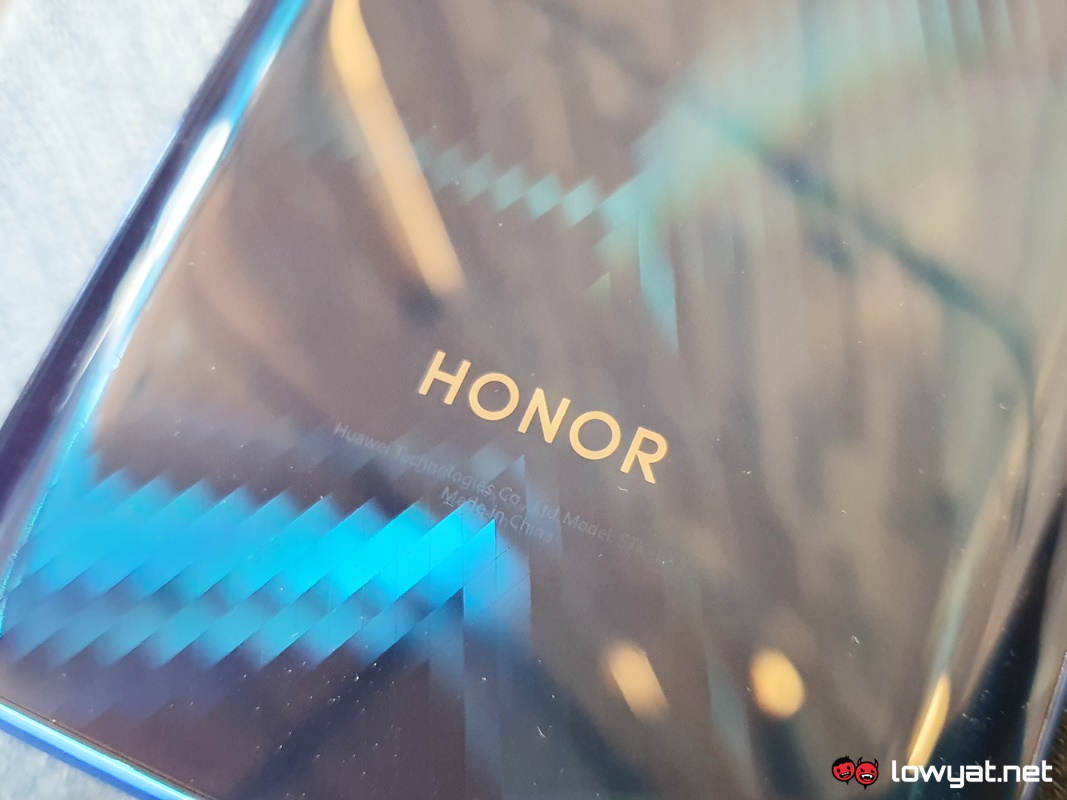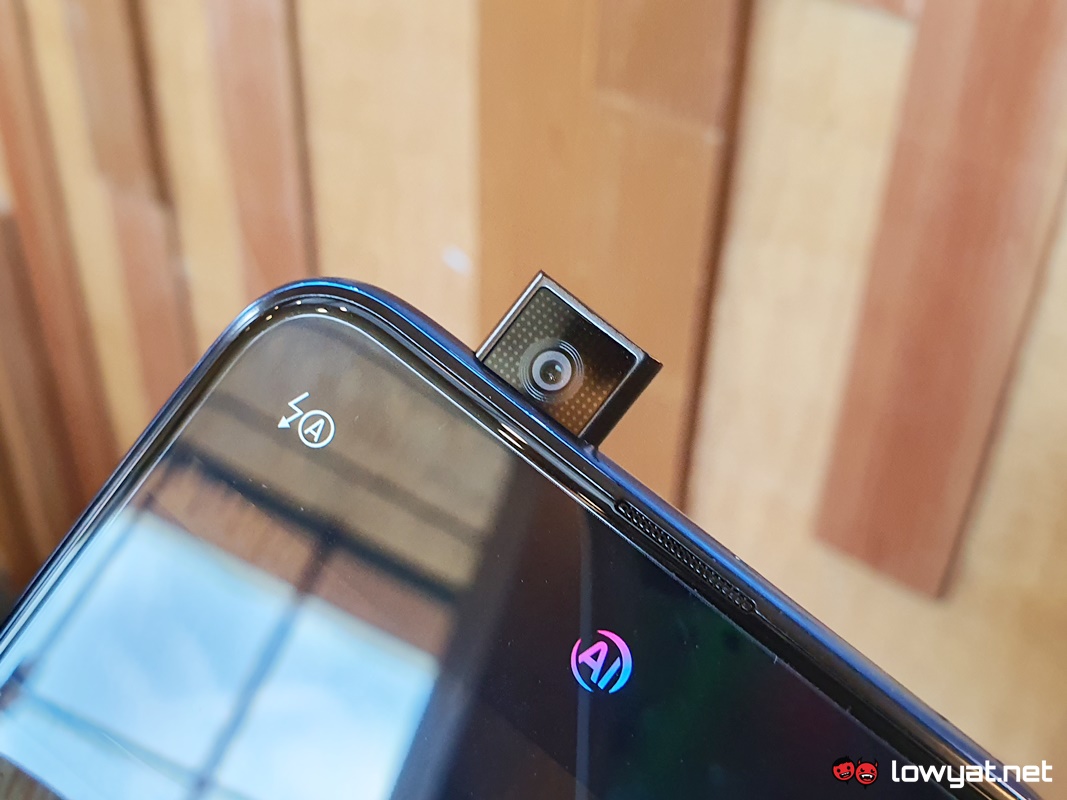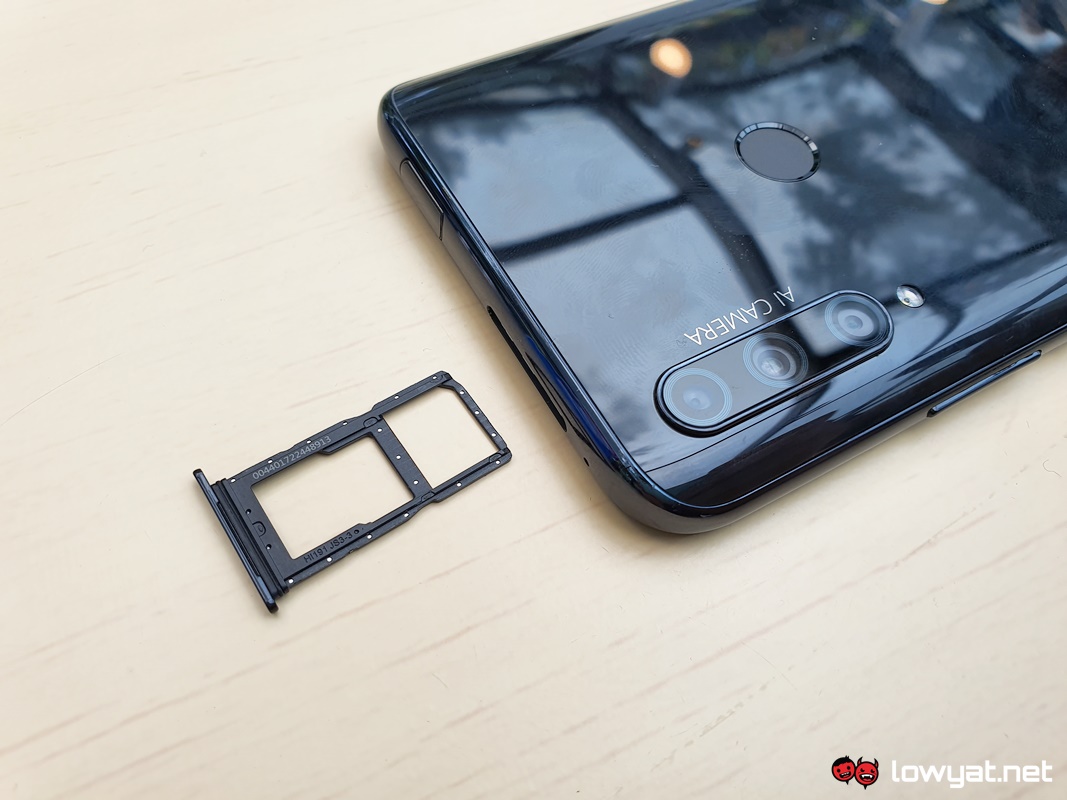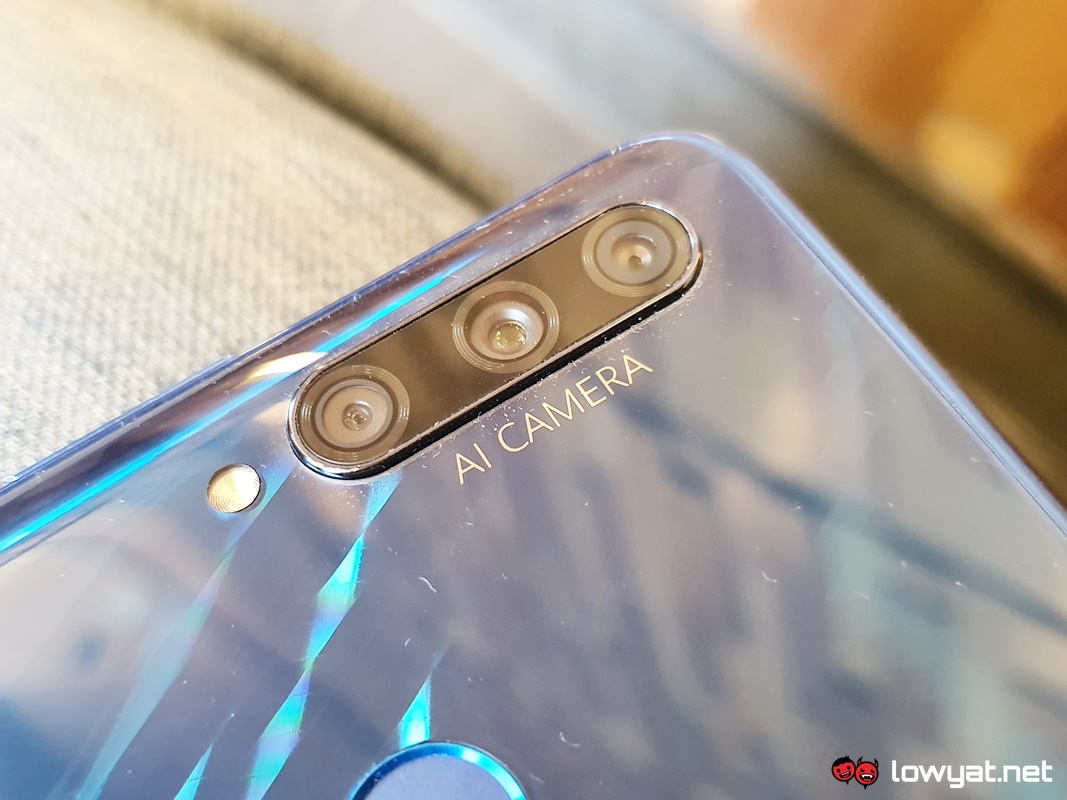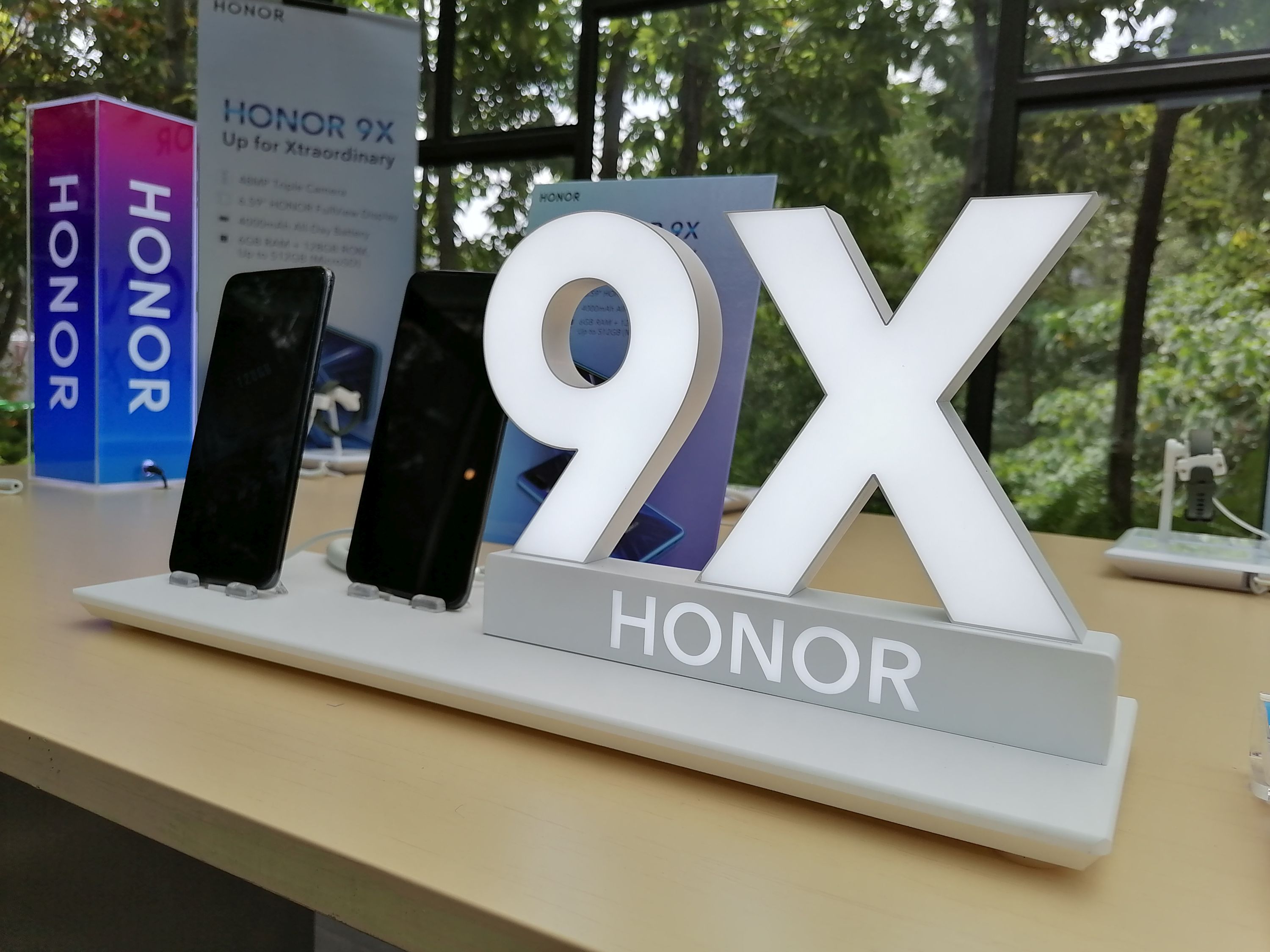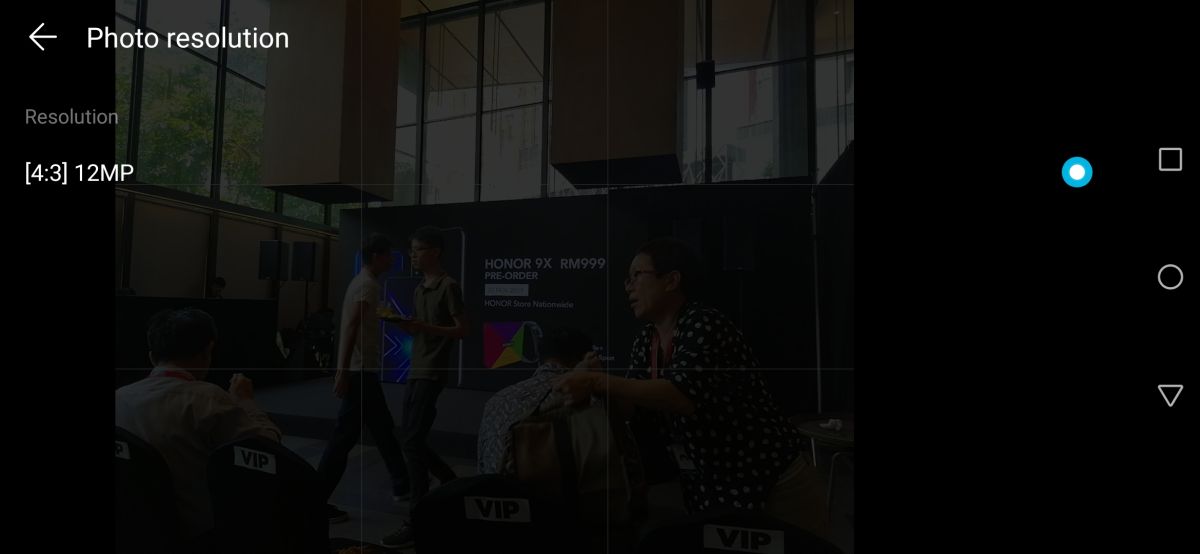Sadly, due to the timing of the phone’s China launch taking place after the US’ Trump executive order against China, and the brand’s direct “association” with its parent company, Huawei. The phone very nearly wouldn’t have seen a global launch, had HONOR not done some last-minute fiddling in order for the phone to ship out with Google Mobile Services (GMS). Now, with the HONOR 9X now officially launched in Malaysia, I can finally take the time to speak about what’s different about the phone, as well as how it’s able to run with GMS loaded on it.
As the direct successor to the HONOR 8X, the HONOR 9X sports a different design than its predecessor. The back of the phone now has curved edges, and the only decorations you’ll find on it is the brand’s name at the bottom, the fingerprint scanner at the top, as well as the main triple camera module at the top left corner. But more on the camera later. Also, the HONOR 9X’s rear sports a 3D gradient design that, when viewed at an angle, reflects an “X” shaped pattern.
Around the front, the HONOR 9X has seemingly graduated from using a notch display to an All-View, Full HD+ 6.59-inch display. As to where the 16MP selfie camera has disappeared to, you’ll find that it hides away through a motorised pop-up. Built right into the top of the phone. It’s clearly not a new feature, with other brands having already adopted it with their own devices. However, that doesn’t change the fact that it’s an innovative way to free up space on the display and spare it any blemish. Moving on, you get the usual fare of ports on the outside, including the USB-C port and 3.5mm headphone jack. In my hands, the HONOR 9X leans a little on the heavy side, but mercifully doesn’t weight down my pants when stowed away in my pocket.
Of course, the biggest surprise of the HONOR 9X is that GMS is pre-installed, and you’re probably wondering how HONOR managed to circumvent the ban. To put it simply, the brand replaced the original Kirin 810 SoC that the phone was supposed to ship out with with the older Kirin 710 chipset. That is also used in the HONOR 8X. The reason behind the replacement is because the Kirin 710 had been released long before the US ban on China. As such, the chipset is exempted from the Trump administrations’ blacklist. As to its performance, the phone performs just as you would expect from an Android device with GMS. As for the overall experience, you’re just going to have to wait for my full review to find out.
On another note, the HONOR 9X’s triple-camera main array comprises a 48MP Sony IMX586 f/1.8 sensor, an 8MP f/2.4 ultrawide, and a 2MP f/2.4 depth sensor. Like all 48MP sensors, the camera is capable of capturing extremely detailed pictures. There’s also the onboard AI Camera function that automatically processes images in real-time.
Oddly enough, the feature seems to limit the camera’s resolution to just 12MP when activated, and frankly speaking, it’s actually a little frustrating.
All in all, the HONOR 9X is shaping up to be a decent follow-up. In hindsight, switching out the chipset in order to keep GMS pre-installed on the phone shows that the brand was clearly thinking on its feet. In an effort to keep its new mid-range flagship relevant to the Malaysian market.
In any case, we’re not done with the phone just yet. Stay tuned for our review.
